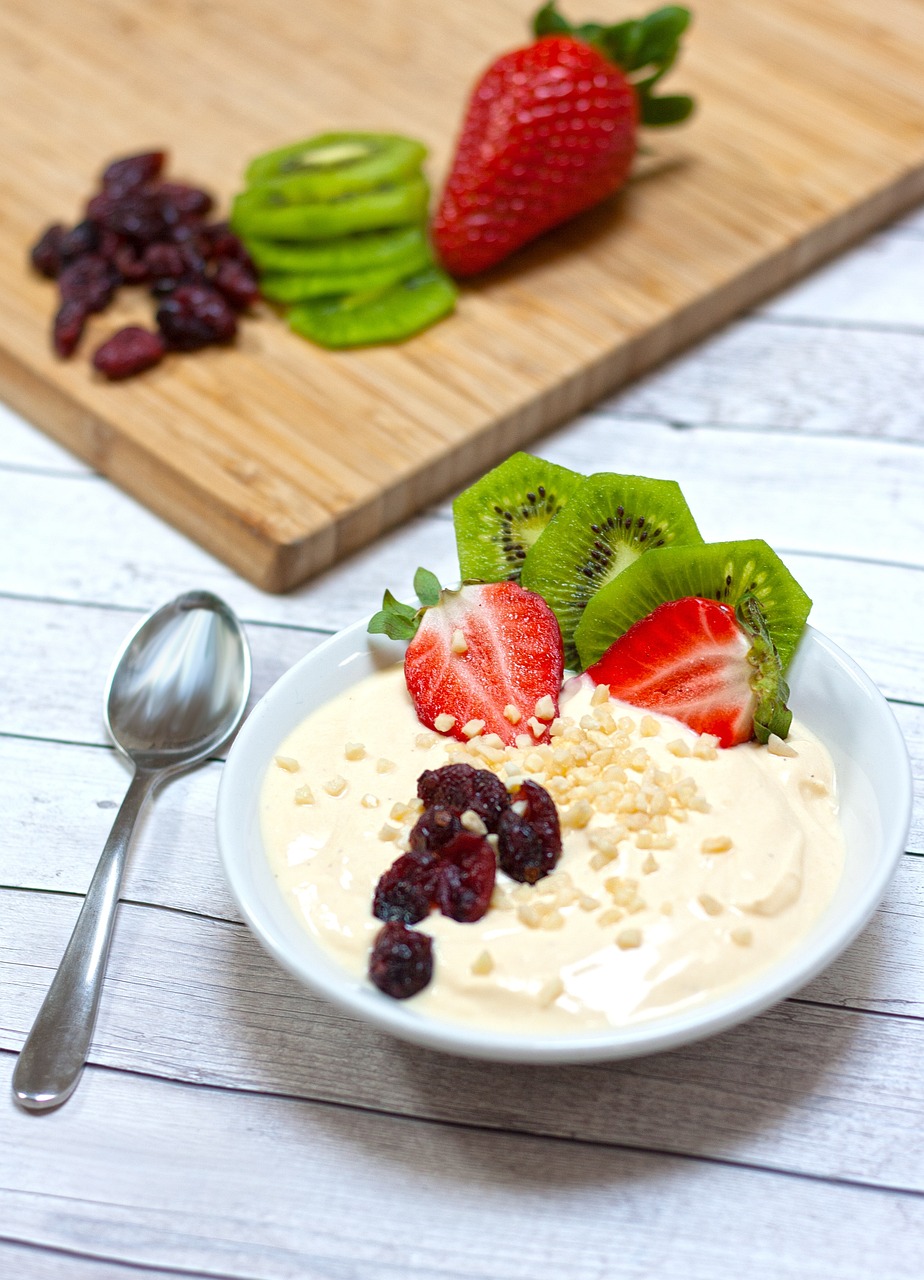Healthy Meal Plans for Weight Loss
Achieving and maintaining a healthy weight involves a balanced diet that provides essential nutrients while promoting calorie control. Developing a meal plan focused on nutritious, whole foods can support weight loss goals effectively. Here’s a guide to creating healthy meal plans that prioritize both health and weight management:
1. Emphasize Whole Foods: Base your meals around whole, unprocessed foods such as fruits, vegetables, lean proteins, whole grains, and healthy fats. These foods are rich in vitamins, minerals, fiber, and antioxidants, which support overall health and aid in weight loss.
2. Plan Balanced Meals: Each meal should ideally include a combination of protein, healthy fats, and complex carbohydrates to keep you satisfied and provide sustained energy. Aim for a variety of colors and textures on your plate to ensure a diverse range of nutrients.
3. Portion Control: Watch portion sizes to manage calorie intake effectively. Using smaller plates and measuring servings of high-calorie foods like grains and fats can help prevent overeating while still providing adequate nutrition.
4. Include Lean Proteins: Protein is essential for muscle repair and maintenance, as well as for feeling full and satisfied after meals. Choose lean sources such as chicken breast, turkey, fish, tofu, beans, and legumes. Incorporate plant-based proteins for variety and health benefits.
5. Opt for Healthy Fats: Healthy fats, such as those found in avocados, nuts, seeds, olive oil, and fatty fish (like salmon), are important for heart health and satiety. Limit saturated and trans fats found in processed foods and fried items.
6. Choose Complex Carbohydrates: Focus on complex carbohydrates like whole grains (brown rice, quinoa, whole wheat), legumes, and starchy vegetables (sweet potatoes, peas, corn). These provide sustained energy and fiber, which aids digestion and helps you feel full longer.
7. Prioritize Fiber-Rich Foods: Fiber helps regulate digestion, supports a healthy gut, and promotes satiety. Include plenty of fruits, vegetables, whole grains, and legumes in your meals to increase fiber intake and aid in weight loss.
8. Limit Added Sugars and Processed Foods: Minimize consumption of sugary beverages, sweets, and processed snacks, as they provide empty calories and contribute to weight gain. Opt for natural sweeteners like honey or maple syrup in moderation, and choose whole fruits for sweetness and fiber.
Sample Healthy Meal Plan:
- Breakfast: Greek yogurt with berries and a sprinkle of nuts/seeds, or avocado toast on whole grain bread with a poached egg.
- Snack: Apple slices with almond butter, or a small handful of mixed nuts.
- Lunch: Grilled chicken salad with mixed greens, cherry tomatoes, cucumber, quinoa, and a vinaigrette dressing.
- Snack: Carrot sticks with hummus, or a protein smoothie with spinach, banana, and almond milk.
- Dinner: Baked salmon with quinoa and steamed broccoli, or tofu stir-fry with mixed vegetables and brown rice.
- Dessert (optional): A piece of dark chocolate or a small serving of fresh fruit.
Conclusion: Creating a healthy meal plan for weight loss involves choosing nutrient-dense foods in appropriate portions throughout the day. By focusing on whole foods, balanced meals, and mindful eating practices, you can support your weight loss journey while improving overall health and well-being. Remember to stay hydrated, listen to your body’s hunger and fullness cues, and adjust your meal plan as needed to suit your individual preferences and goals. Consulting a registered dietitian or healthcare provider can also provide personalized guidance for effective and sustainable weight loss.
